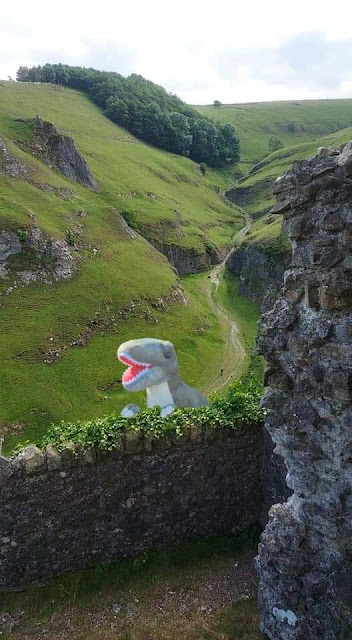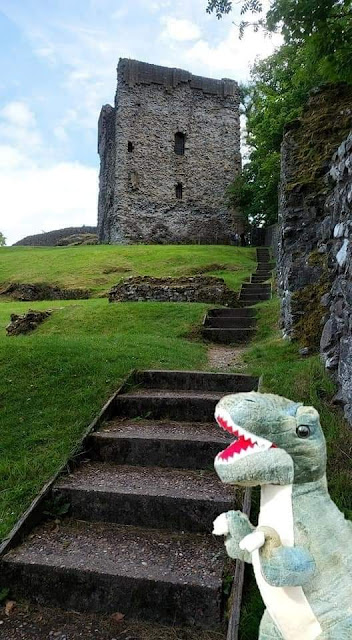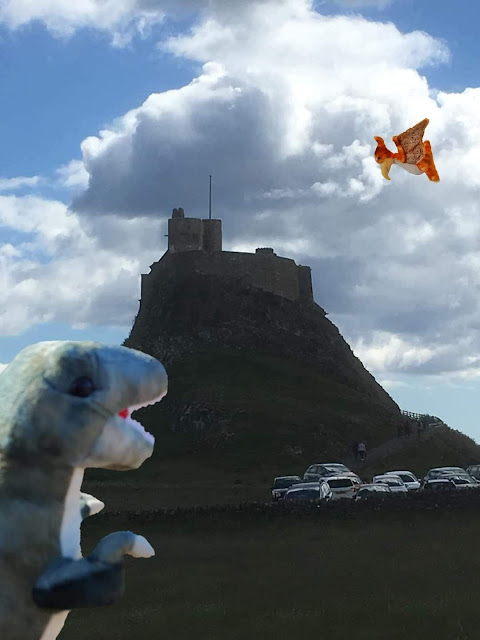Perevil Castle
Throughout its history, from the 11th to the 16th century, Peveril Castle served as a base for the government of the local area, the ‘Forest of the Peak’. The town of Castleton, at the foot of castle hill, was founded 100 years after the castle.
Peveril Castle was established on this site soon after the Norman Conquest of 1066. The castle stood on a high hill overlooking the Hope Valley and a deep cave, the ‘Peak Cavern’. The site was probably unoccupied at the time, though prehistoric earthworks in this area and a flint blade found within the castle show that the site had been used for centuries before.
William Peveril, after whom the castle was later named, was Keeper of the Royal Forest.
Peveril Castle’s history shows that it was concerned less with defence and warfare than with the protection and government of the Royal Forest of the Peak.
The Peak Forest contained valuable natural resources including timber, land for pasture, and lead and silver mines which had been exploited since the time of the Romans. But it was principally designated as a private royal hunting-ground for recreation. Hunting in the forest was a jealously guarded privilege for the king and those enjoying his permission.
Unusually for a Norman castle, buildings were constructed in stone rather than timber. Remains from the 11th century can still be seen, incorporating distinctive herringbone masonry, where the stonework is laid in an alternating pattern with one course of stones slanting one way and the next course slanting the other way
 |








Comments
Post a Comment